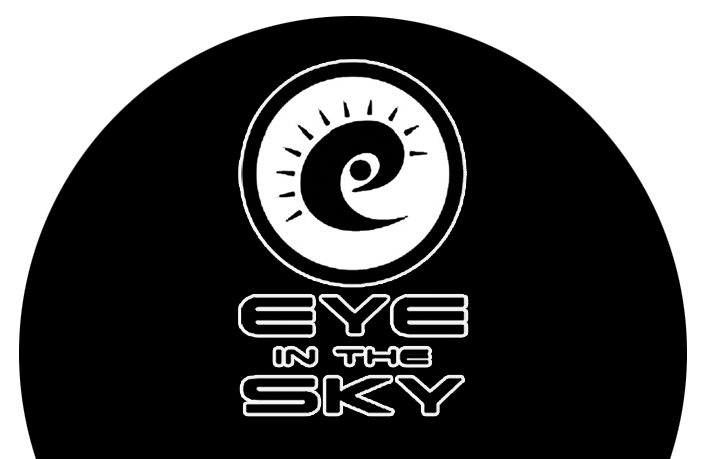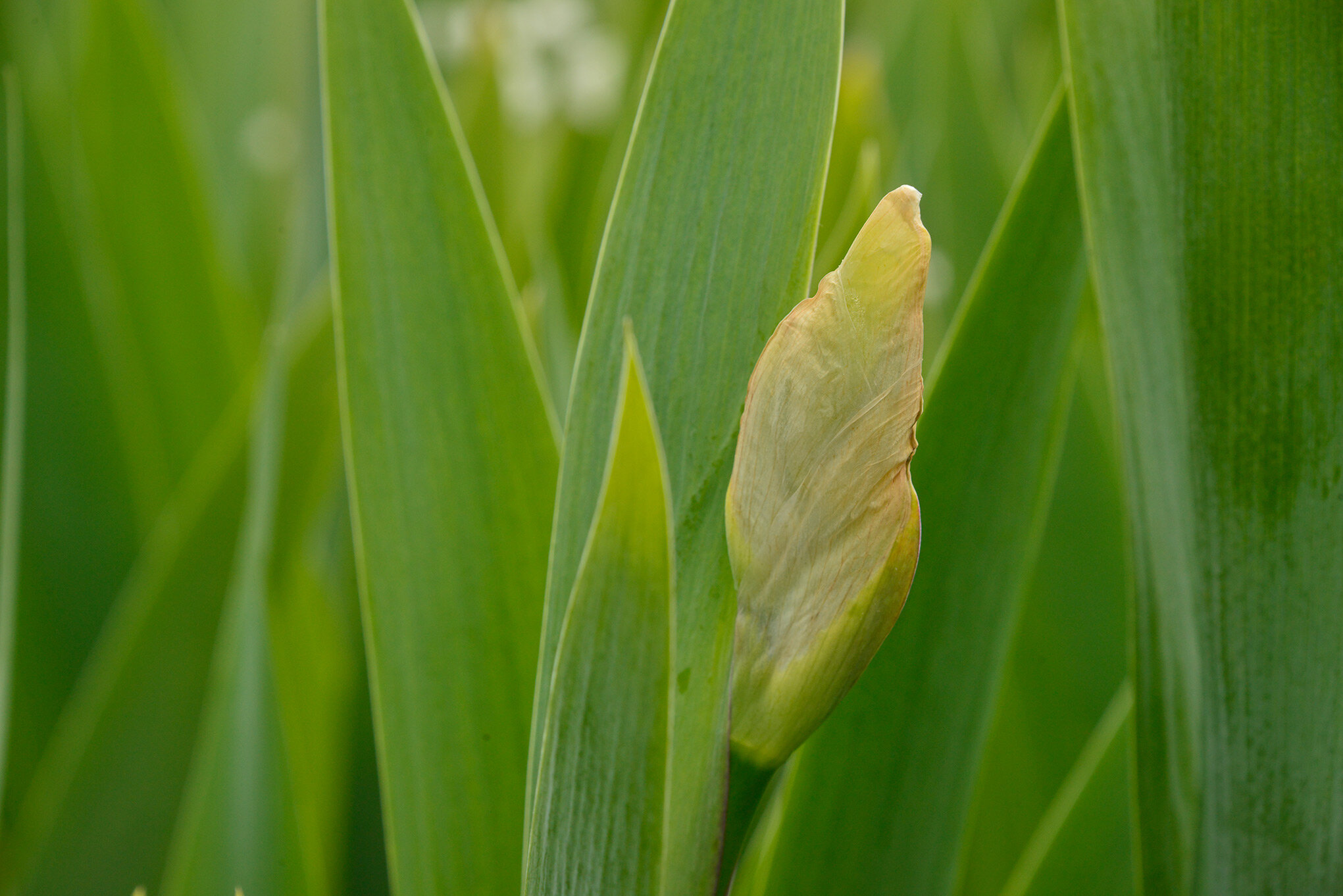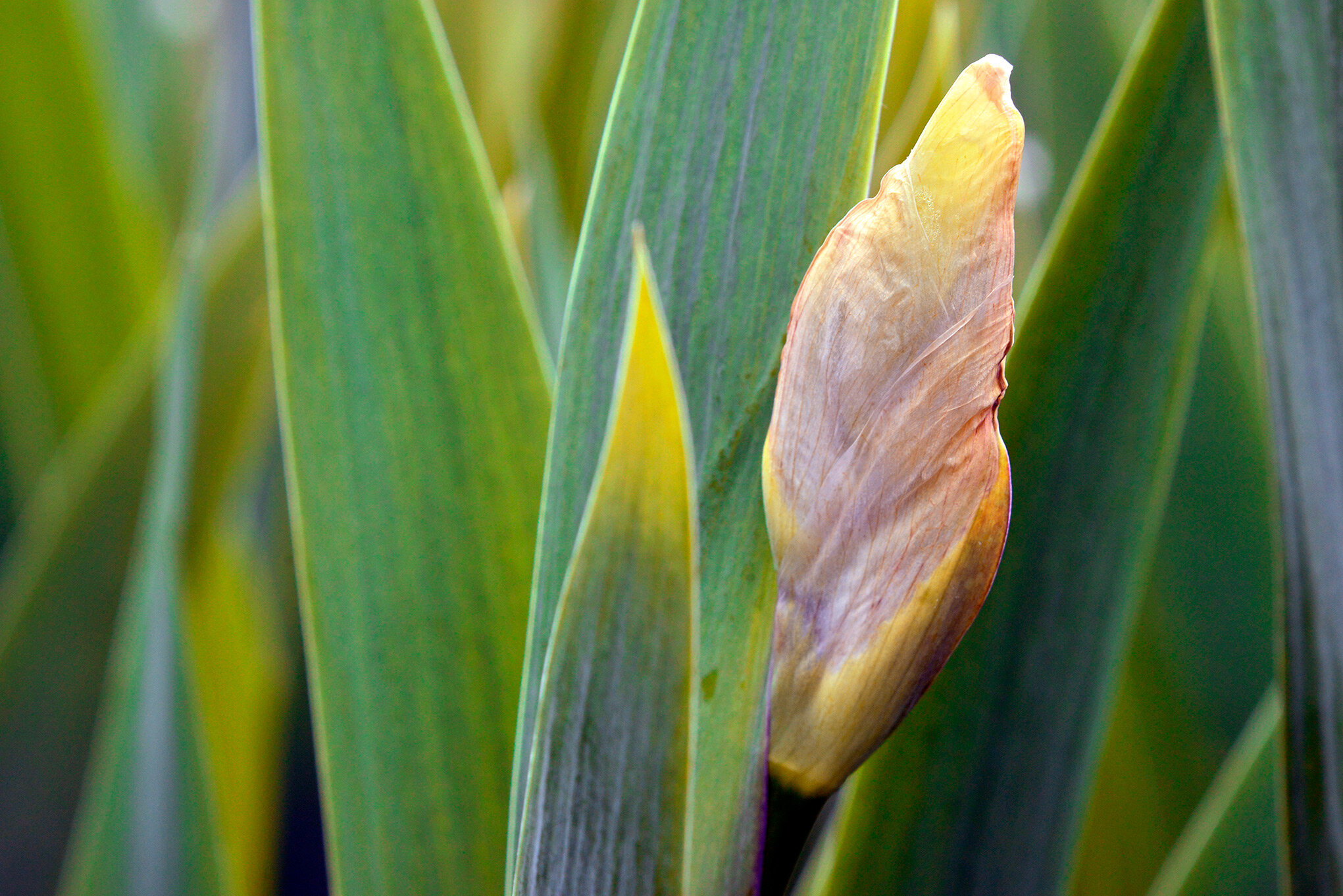TEMPERATURE
Colour Temperature
Colour, being light, or a vibration has a temperature, and is measured by what is known as the Kelvin (k) scale. Colour temperature is based on what happens to a piece of metal when heated, with colours going from red to white. So the first or coolest colour is red. Midday sunlight is said to be 5,500k, whilst sunrise or sunset are around 1,850 - 2,000k, or a similar temperature to a candle flame. Your camera flash light is about 6000k.
So as photographers, we have to change our view of what is warm or cool in describing colours. Photographic temperatures are opposite to what we would normally atribute colour to or feel. Therefore a blue to white light is hot, whilst orange or red light is cool.
With the image of the gas burner, the metal gas hob frame is glowing red. This is the first colour when heat is applied. If the flames are hot enough the metal will eventually turn blue then white, but by that time your baked beans will be well and truly vaporised. So the ‘coolest’ colours are reds, oranges and yellows. The orange tint on the pots is from the incandescent room lamps that appeared white to the eye, again a low temperature. The image of the hotel in snow has three colour temperatures visible here, yet all would appear white to the eye. The ground floor with the office and kitchen have neon or flouro lighting, and being a mid-range temperature, it has a green cast. The incandescent room lights appear orange or yellow. The overcast blue sky appeared blue/grey to the eye.
Our eyes adjust or correct this disparity and we see all these lights as near white. The camera on the other hand records their unbiased colour temperatures. In post production the green can be removed, but even though the colour is not accurate, it can often be an integral part of your colour composition. Like all these chapters, they are showing that you have an option. it is your choice as to how you present your images.
COLOUR CASTS
You may be surprised to know just how much everyday items can affect the colour of your shoot-space without being aware of it. Here is a bathroom with a towel being illuminated by the sun, just this single towel fills the room with colour. Sometimes of course a colour cast can only add to your composition, but by being aware of them then you won’t be surprised when your image has an unknown colour tint.
The small church has a similar tint but is due to the small stained glass window. It is interesting to see just how much colour is generated. This is even more noticeable in larger churches or cathedrals, like the Sagrada Familia in Barcelona Spain (BELOW), where vast amounts of different colours are bouncing throughout the space. This only works though if direct sunlight is illuminating it.
Natural tints, sunrise and sunset
At midday the sun is directly above us, and the light passes through our atmposhere vertically (lower left) at its ‘thinest’ point. All the colours of the spectrum are visible and mixed together, as pure white, with no colour tint. But by comparison at dawn and sunset, the suns rays are travelling more or less horizontaly towards us (lower right), through much more of the atmosphere. From horizon to horizon the atmosphere is filled with dust, haze, particles, insects, pollen, smoke, pollution and more, and it acts as a filter that robs us of the whites and blues.
What we are left with are the reds, oranges and yellows, ‘visually’, the warm end of the spectrum. So this giant filter helps to give us our spectacular dawn and evening skies. Research is showing the clearer skies of autumn and winter also produce vivid colours, so there may be other conditions at work, other than the above that contribute to our glorious coloured skies.
Atmospheric Scattering
Colour casts occur in nature all the time and they will affect the colour of your subject. You don’t always need to correct this, as sometimes the colour cast can be an integral part of the composition. But where you need to, you can change it in post production, or in camera. When you are shooting you often don’t see the colourcast, but it is there and your camera certainly will record it.
Marram grass
The Marram grass image (a), is the captured original with no correction. Note the blue shadow tint from the late afternoon sun, where most shadows will have blue in them. This was corrected by changing the camera white balance to ‘Cloudy’, giving a warm tint that overides the blue (b). But it all depends on the reason for the shot, sometimes blue in the shadow areas can act as a compliment to the yellow, so it’s up to you always.
Iris bud
The Iris flower bud (c) is the captured original. But this was not what was perceived. There is a colour cast over the image due to the abundance of green and its scattering effect in such a tight frame. I used Auto Contrast in Photoshop to bring the image back to how I ‘saw’ it (d).
All photographs © Jon Davison 2021





























